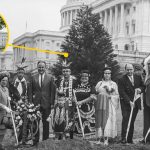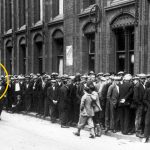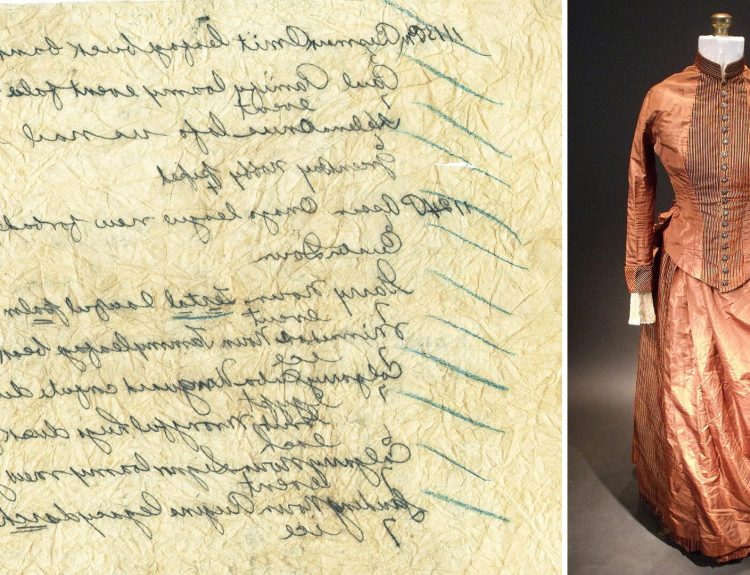We’ve all heard stories of questionable parenting tactics some overzealous parents have used on their children in hopes of fostering genius-level brilliance. This method of child rearing is strict, often militant, and forces the child to abandon the whims of childhood in lieu of constant study and pursuit of the child-prodigy label.
If this reminds you of that book from 2011, Battle Hymn of the Tiger Mother by Amy Chua in which she details the draconian parenting style she employed when raising her daughters, you are right. Only the story of William James Sidis, the smartest man who ever lived, took place a century before Amy Chua made “Tiger Mother” a household term. Here is his strange and tragic story.
The Pursuit of Genius
What it means to be a genius – how this term is defined – is not as cut-and-dry as assigning a number to a person’s intelligence. There are other factors that come into play. There is not one single factor that determines whether a person is a genius or not.

By most guidelines, a genius is an individual with extraordinary intellectual abilities, exceptional creativity, and profound and unique insights in one or more disciplines. Stephen Hawking, Albert Einstein, and Neil deGrasse Tyson fit the mold.
Measuring Intelligence
For many people, intelligence and genius go hand in hand. However, there are challenges to measuring intelligence. While we have IQ tests, these really only assess a person’s logical reasoning, problem-solving abilities, and memory. There is more to our cognitive ability than that.

IQ tests cannot, for example, measure a person’s level of creativity or their emotional intelligence. Genius can manifest in different ways, such as musical ability, artistic ability, creative writing ability, and ability to invent and innovate. The definition of genius and the methods used to measure intelligence are complex. It is nearly impossible to quantify an intangible.
Child Rearing Philosophies
Child rearing philosophies change and evolve over time as our societal views on education, psychology, and the future change. In addition to Amy Chua’s “Tiger Mother” approach to child rearing, there are others. Authoritarian parenting, for example, is marked by high expectations, rigid rules, and strict schedules.

Free-range parenting, on the other hand, involves giving children the freedom to learn and explore independently so they develop self-sufficiency, real world problem solving, and responsibility. Child rearing methods typically differ in how much control the parent has over the child versus how much independence is granted.
This Brings Us to William James Sidis
Born in 1898 to Ukrainian immigrant parents, William James Sidis was a child prodigy. He demonstrated extraordinary language ability and advanced mathematics. He has been called the smartest man who ever lived, although that is a subject of debate.
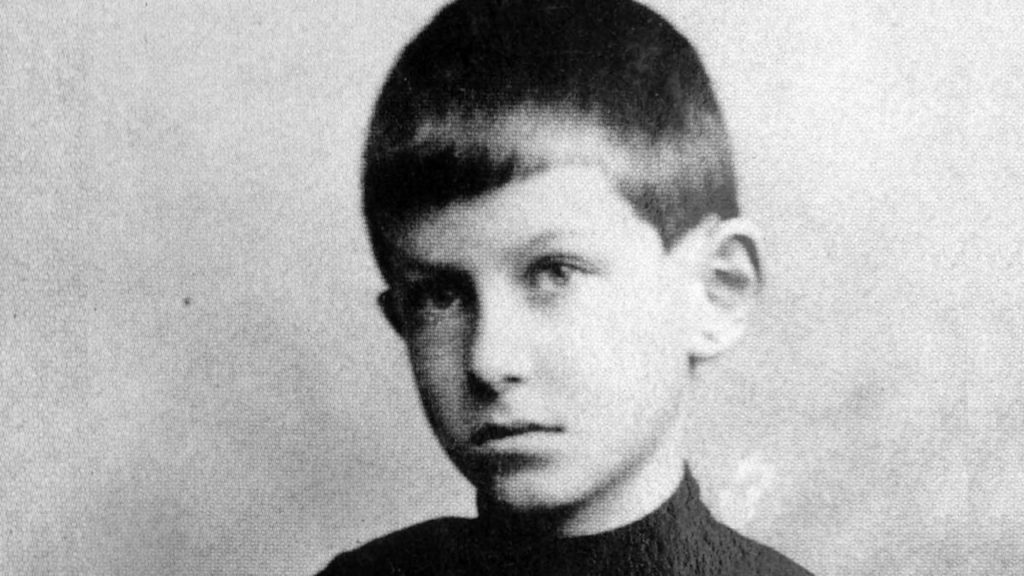
According to his friends and family, Sidis could speak more than 25 different languages – he even invented his own language. He enrolled in Harvard at the age of 11 and was said to have an IQ of between 250 and 300. But Sidis’ life wasn’t all sunshine and library books.
How William Sidis Was Raised
William Sidis started out with some pretty strong “smarts” genes. His father, Boris Sidis, was a renowned psychologist who authored several books. His mother, Sarah, was a physician. Together, they were determined to encourage intellectual greatness in their son.

“Smart” genes aside, Boris and Sarah Sidis believed that it was possible to make a child into a genius. All they had to do was replace frivolous play and toys with constant study and books. They were aggressive and pushy in their effort to encourage precociousness in their child.
The Fruits of Their Labor
As a young child, William Sidis seemed to prove that his parents’ unorthodox child rearing philosophy was paying off. At only 18 months old, Sidis could read the New York Times. He wrote poetry in French. By the time he was eight years old, he taught himself Russian, German, Latin, Greek, Turkish, Hebrew, and Armenian, in addition to French.
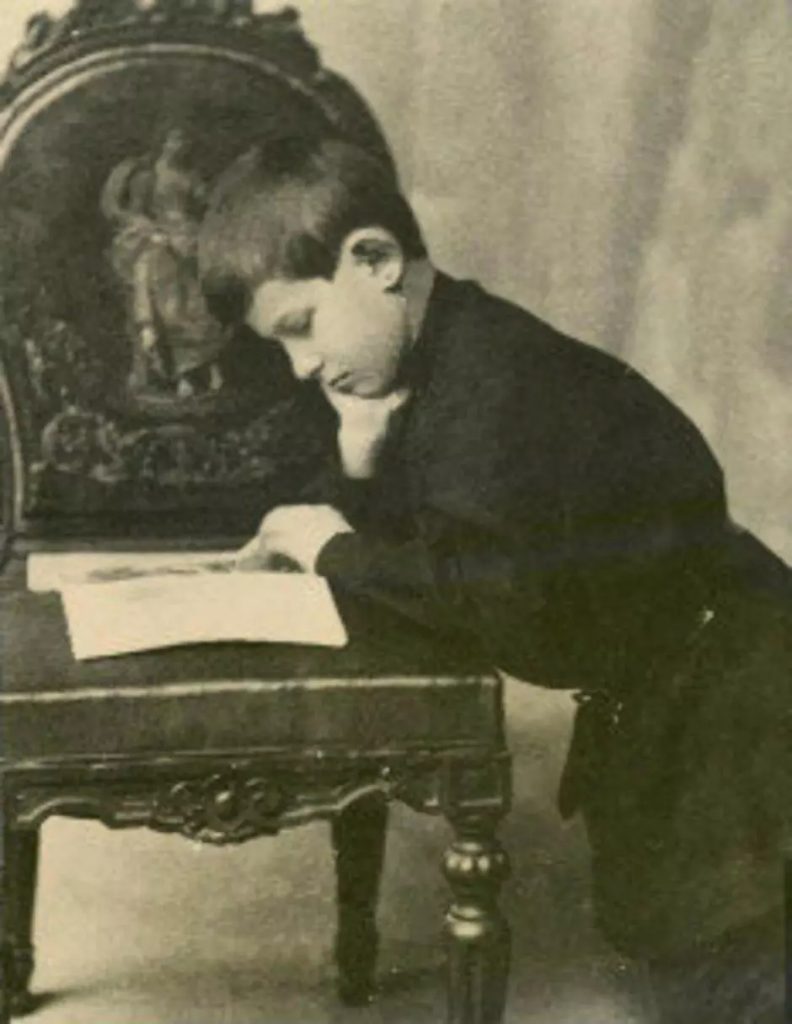
He demonstrated an advanced understanding of mathematics, but he also had a creative side. As a child, he wrote a novel and developed a political constitution for a utopian society. He even invented his own language, called “Vendergood.”
An 11-Year-Old University Student
William Sidis made national headlines when his eager father enrolled his son into Harvard University when he was just 11 years old. Boris Sidis had been trying to convince the university to allow the boy to enroll since he was nine years old, but the school balked at having such a young child on campus.
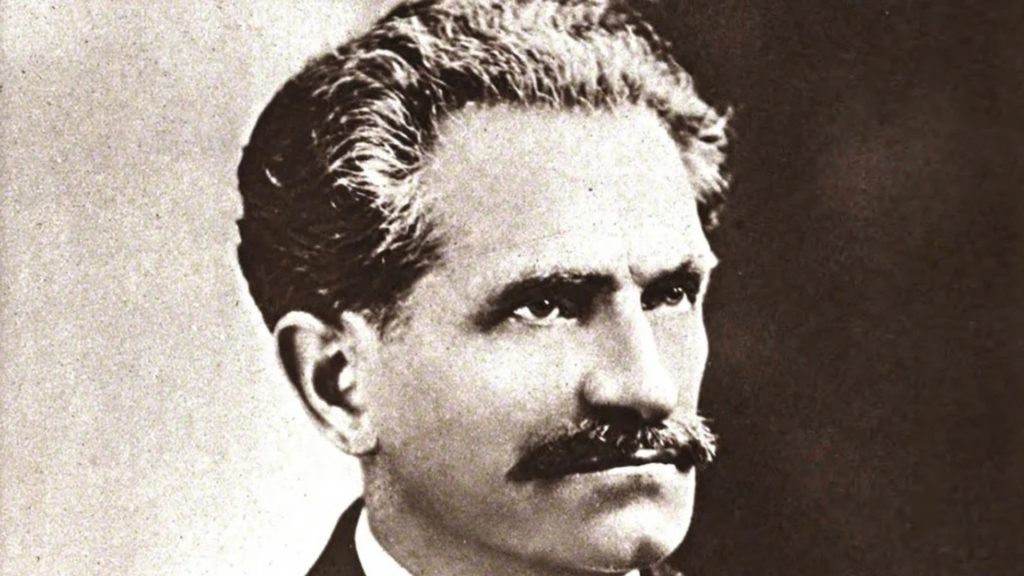
When he finally enrolled in 1909, Sidis set the record for the youngest student at Harvard. Sidis’s years at Harvard University, however, were a mixed bag of experiences … both good and bad.
Sidis’s Harvard Accomplishments
As a Harvard student, William Sidis impressed many of his professors. Physics professor Daniel F. Comstock said of Sidis, “I predict that young Sidis will be a great astronomical mathematician.” Indeed, his level of understanding was so advanced that he gave a lecture at the school’s mathematics club on four-dimensional bodies.
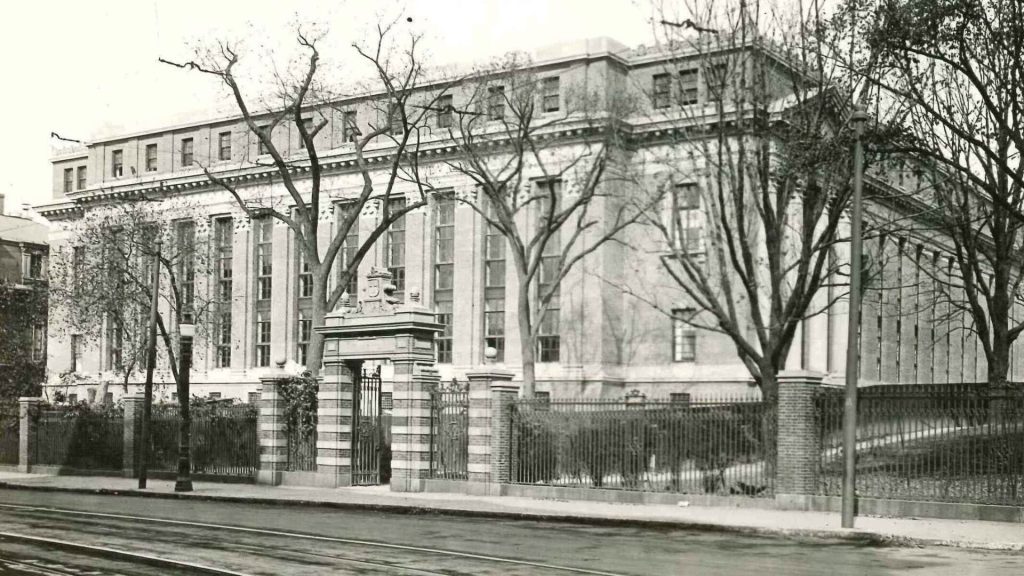
Sidis handled a full course load of classes and graduated on June 18, 1914, with a Bachelor of Arts degree. He was sixteen years old. Despite his high IQ, Sidis’s grade transcript reveals that he earned Bs and Cs, along with many As. Perhaps this was due to the personal challenges he faced at Harvard.
The Difficulty of Sidis’s Harvard Days
As the youngest student at Harvard, William Sidis struggled to fit in with the other students. He had spent his childhood studying and learning, therefore he had not developed the social skills he needed. He was awkward, shy, and odd.
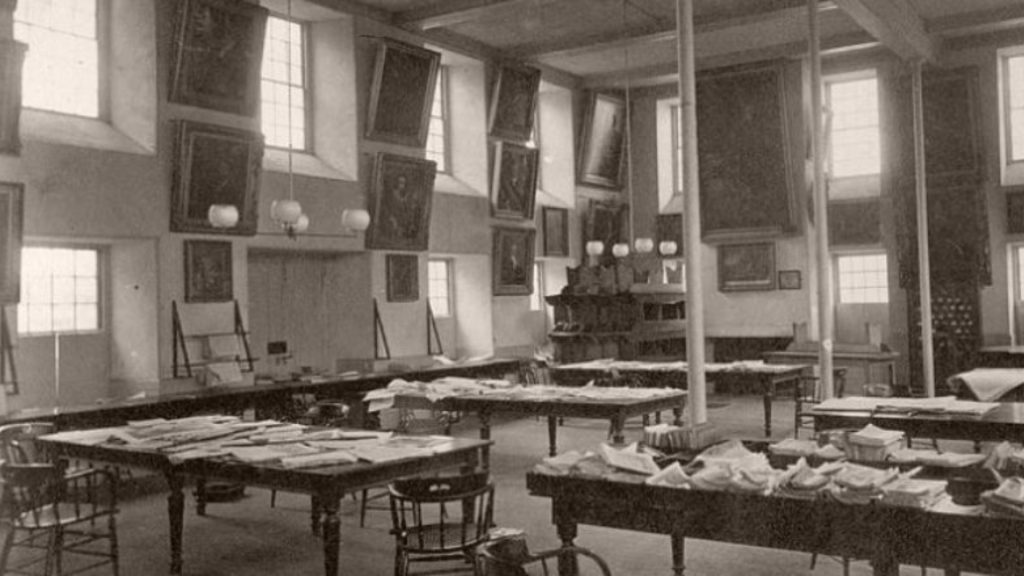
Other students teased Sidis. He was mocked, laughed at, and bullied. He became the butt of all their humiliating jokes. Sidis was not ready – socially and mentally – for the rigors of Harvard, yet he could not voice this to his parents who expected greatness from him. In short, Sidis’s Harvard days were filled with loneliness, sadness, anxiety, and humiliation.
Life After Graduation Was Difficult, Too
After graduating for Harvard, William Sidis’s parents found a job for him as a teaching assistant at Rice University in Houston. He also enrolled as a graduate student there and planned to earn his doctorate.

At Rice, Sidis taught both Euclidean and non-Euclidean geometry, as well as freshman math. In his spare time, he wrote a textbook on Euclidean geometry in Greek! Like his Harvard experience, though, Sidis had difficulty fitting into the culture at Rice.
Fired From Academia
Less than a year after he started teaching at Rice, William Sidis was out. He later explained, “I never knew why they gave me the job in the first place – I’m not much of a teacher.” When asked why he quit, he replied, “I didn’t leave; I was asked to go.”

Sidis gave up the idea of earning a graduate degree in mathematics. When he returned to the East Coast, he enrolled in Harvard’s law school, but he quit that a few months later. He had decided that he was not cut out to be an academic. In fact, he wasn’t cut out to be much of anything.
A Reclusive Writer Working Menial Jobs
Even though his parents prepared him to be one of the world’s greatest thinkers, William Sidis preferred to live a quiet, peaceful life in anonymity. He said, “The only way to live the perfect life is to live it in seclusion.” And he did just that.
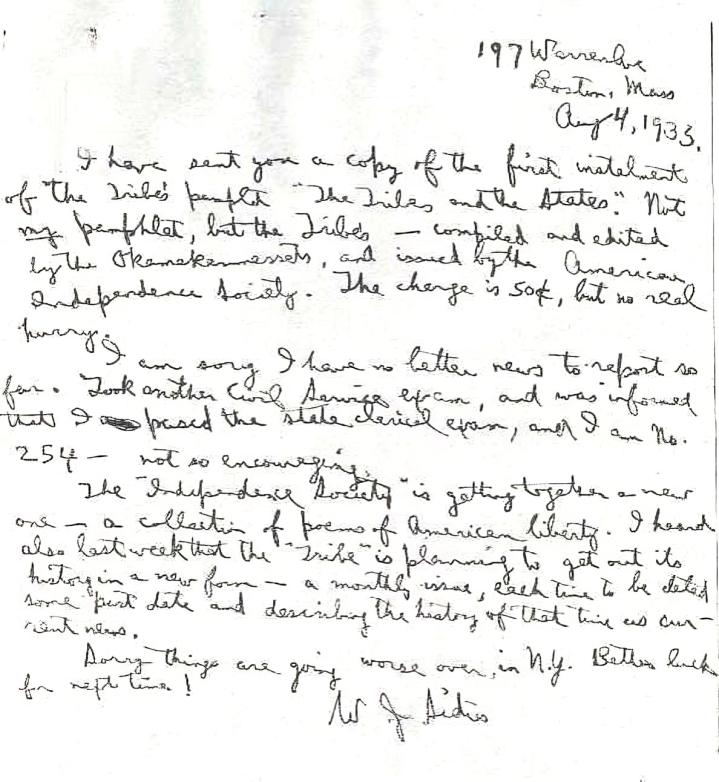
From the late 1910s through 1937, Sidis moved around a lot, living in unassuming apartments in several different cities. He used aliases and took low-paying, mindless jobs, earning just enough to live on. He had few friends and no social life. He spent his time writing.
The Books of William Sidis
William Sidis was a prolific writer who published numerous books, many under pen names. One book was a massive, 1,200-page history of the United States. The Tribes and the States, which he wrote in 1935, focused on the contributions of Native Americans to American democracy.

Perhaps his best-known work was his 1925 The Animate and the Inanimate. In this book, Sidis presents his ideas on the origin of life, thermodynamics, and cosmology. An avid collector of streetcar transfers, he also wrote Notes on the Collection of Transfers.
Outed as a Failed Genius
William Sidis’s life in seclusion came to a crashing end in 1937 when he was included in a “Where Are They Now?” article in The New Yorker. In response to the title question, the article’s author wrote that Sidis was living a lonely, meaningless life in a “hall bedroom in Boston’s shabby South End.”
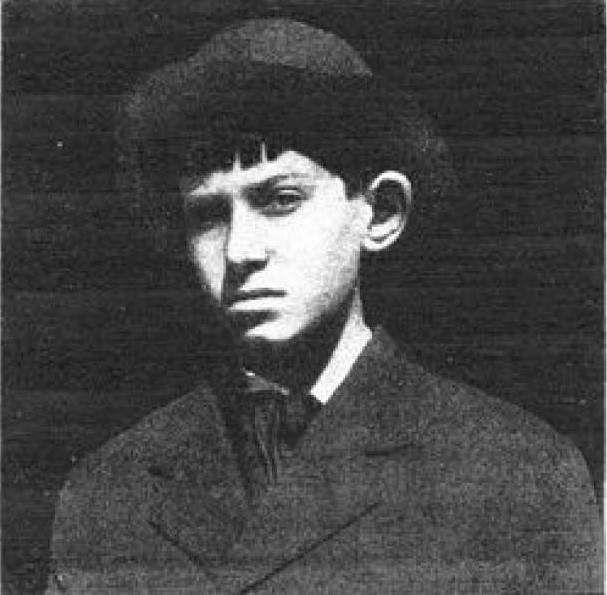
The article talked about his wasted genius and described him as a failed child prodigy. Sidis sued the publication, claiming that the article violated his privacy and exposed him to public ridicule. He won his lawsuit in 1940. Sadly, just six years later, William Sidis died of a cerebral hemorrhage. He was just 46 years old.


